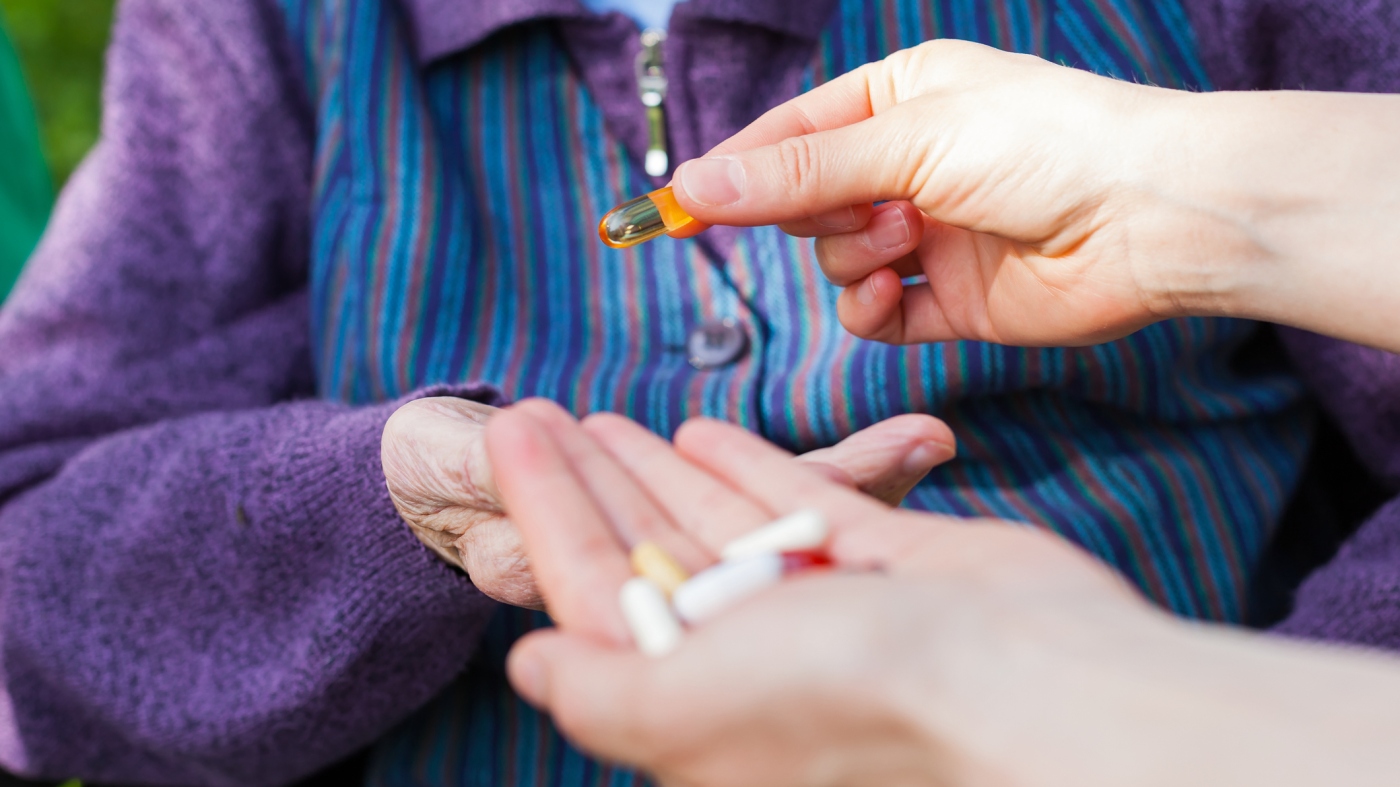A psychologist shares what ‘Inside Out 2’ got right : Short Wave : NPR

Pixar’s new movie Inside Out 2 revisits the internal life of Riley, as she hits puberty and copes with a growing range of emotions.
Pixar
hide caption
toggle caption
Pixar

Pixar’s new movie Inside Out 2 revisits the internal life of Riley, as she hits puberty and copes with a growing range of emotions.
Pixar
Pixar’s new movie, Inside Out 2 came out Friday. It’s the sequel to the 2015 movie Inside Out, which followed 11-year-old Riley and her family as they move to San Francisco. In the first movie, audiences meet Riley’s core emotions – Joy, Sadness, Fear, Disgust and Anger. They live in Headquarters, the place in Riley’s mind from which they operate her emotions.
In Inside Out 2, Riley is 13 and thriving in her new city. She has friends and is a star on her hockey team. But when puberty hits one night, four new emotions shake up Riley’s core emotions: Envy, Ennui, Embarrassment and, most of all, Anxiety.

Clinical psychologist and Inside Out 2 consultant Lisa Damour says the movie is surprisingly accurate when it comes to experiencing anxiety and puberty.
Particularly, Damour notes that, as in the film, clinicians see anxiety as an important member of the larger team of emotions.
“As psychologists, we see anxiety as an important, valuable protective and natural human emotion,” she says. “We only see anxiety as pathological if it’s, you know, anticipating threats that aren’t real or overreacting to potential problems.”
Spoiler alert: In the film, Anxiety’s plans do culminate in Riley having a panic attack. Damour notes that this scene was also pretty accurately depicted in the film — as an overwhelming experience that causes Riley to hyperventilate and disconnect from herself and the outside world.

Part of what helps Riley overcome her panic attack is touching her hockey stick. Damour says that doing this — touching something — is what’s known as a grounding technique. It’s a real tool that therapists teach to their patients to help them manage their anxiety in these particularly intense moments.
But it’s not the only tool available.
Damour also notes that people use cognitive interventions to bring their anxieties into a more manageable realm. That can involve reframing negative thoughts and helping people regain their agency.
And in the end, she says, it’s key to remember that anxiety is normal. “Our goal is not to rid people of anxiety. Our goal is to help people manage anxiety if it gets to an irrational level,” she says.
Questions about the inner workings of our minds? Email us at shortwave@npr.org — we’d love to consider it for a future episode!
Listen to Short Wave on Spotify and Apple Podcasts.
Listen to every episode of Short Wave sponsor-free and support our work at NPR by signing up for Short Wave+ at plus.npr.org/shortwave.
This episode was produced by Rachel Carlson. It was edited by Rebecca Ramirez. Rachel and Regina G. Barber checked the facts. The audio engineer was Patrick Murray.
Source link


